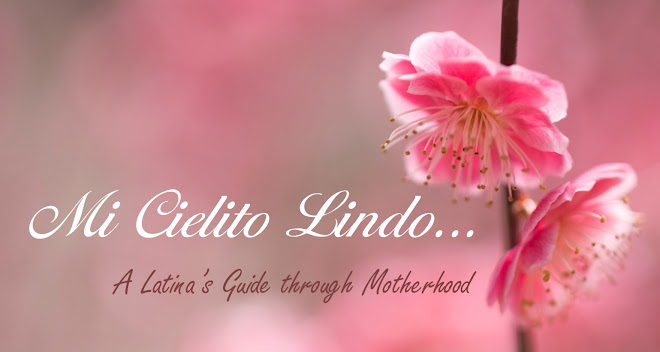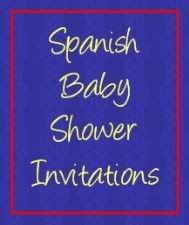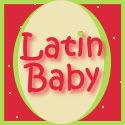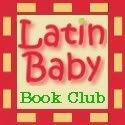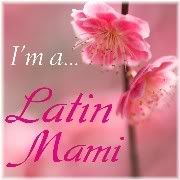At the top of my recommendation list is Línea Descubriendo by Witty Planet. This exceptional line of products for children was created in Argentina and has been embrace by many Latin American countries for its educational properties. And now, for the first time, it is available in the United States. (Yay!)
I had a chance to review some of their products, including one of their DVDs - Descubriendo mi Cuerpo - last month and they were an INSTANT hit with my children. The DVD, especially, quickly became my children's current favorite, and they have been singing and dancing to the songs ever since. The video is divided up into segments about the different body parts and how to care for them. The original songs are full of information about each topic along with images of real children preparing to take a bath, playing in the bubbles, brushing their hair, etc. The songs are separated by short skits involving the cast of puppets from Línea Descubriendo, including its host, Bubba (pronounced BOO-bah). This adorable monkey had my kids in stitches a number of times with his silly antics and facial expressions.
The DVD is more than just a video, though, and includes interactive games, which both of my kids really enjoy. I was really happy with this product, and the way that it supplemented my kid's Spanish curriculum perfectly.
A lot of thought has gone into this line of products - and it shows. Developed by professionals in childhood development, Línea Descubriendo invites children to learn through play, song, and dance. Their goal is to stimulate a child’s curiosity, interest in learning, and communication skills. The entire line was developed by keeping in mind children's visual preferences and pedagogical requirements for early childhood. Even the puppets were developed by Roberto Docampo, Director of the Puppetry School at the San Martin Theater, in Argentina.
You can see a sample of Descubriendo mi Cuerpo here.
If you are a fan of the Baby Einstein and Brainy Baby lines, and are trying to raise your children bilingually, then you will absolutely LOVE Línea Descubriendo. But though it is similar to these American products, that is only on the surface. As you explore the products you will discover a much richer Spanish-only line with songs that are original pieces, specific to the topic, with additional information about each subject.
If you'd like to examine the line a little more thoroughly, take a look at their adorable, interactive site, El Mundo de Bubba, for additional games, art, and much, much more. You won't be disappointed.
To go ahead and order your own Línea Descubriendo products, visit Witty Planet. Their website is available in both English and Spanish. Don't forget to type in the promo code LATINBABY for an additional 10% off your purchase!
Disclosure: I was compensated for this review. However, the opinions expressed in this post are sincere and true. Mi Cielito Lindo will not endorse products that it does not approve of or that we feel will not interest our readers.
